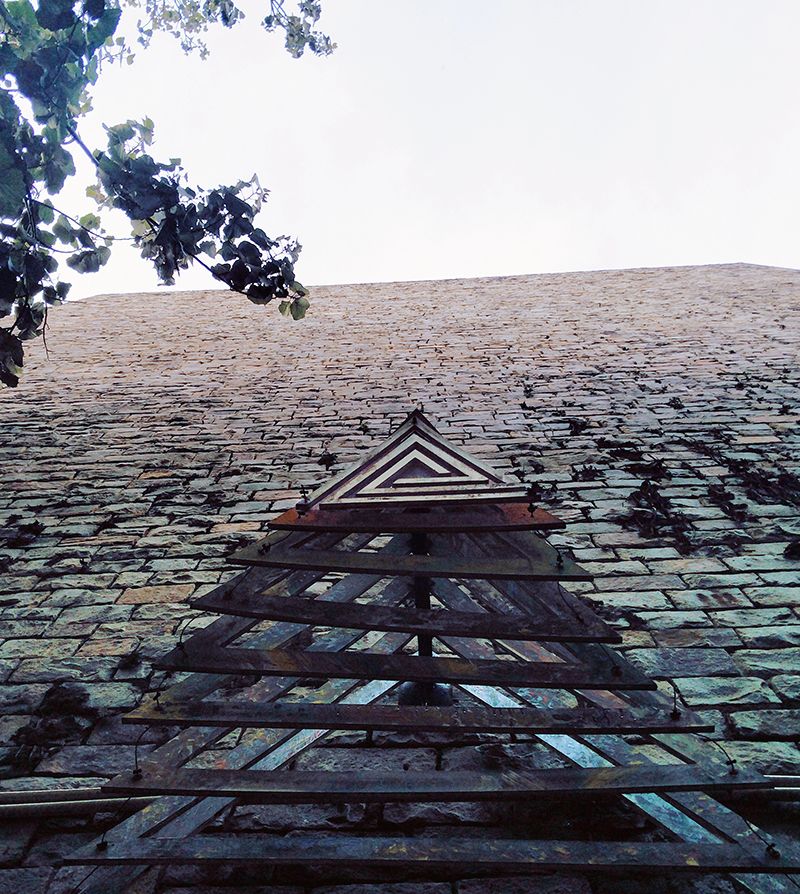
SPA Legacy
Architecture and Planning as professions were still in infancy in India when India became independent. There were only two schools in India for training architects located in Bombay and Baroda. Therefore, an acute shortage of trained architects was felt. Before India could take control of her destiny in 1947, and due to the outbreak of the Second World War, the allied forces generated a sudden demand for engineers and architects. Walter George, and his colleagues thus began the work of establishing the first institution in Delhi for imparting training to students of architecture. It was in 1941 that the Department of Architecture came into existence as a part of the Delhi Polytechnic at Kashmiri Gate in northern Delhi. While W.W. Wood became the first Principal of the newly established Delhi Polytechnic, Mr. Mirza became the first Head of the Department of Architecture. The first batch of students received their national diplomas in Architecture in 1950. These architects were eager to face the challenges of nation building for independent India. Chandigarh, the new capital for the state of Punjab and later for Haryana as well, became a powerful magnet for training many architects in the country. From the early 1950s, the agenda for the overall development of the country took the center stage. First five year plan recommended setting up of Schools of Planning and Architecture in the country.
In 1955 the Government of India established the first School of Town and Country Planning in Delhi, thus marking the beginning of the SPA. For seven years the School operated from rented premises in Kapurthala House on Man Singh Road. Prof. Manickam, Founder Director of the School was instrumental in procuring prime land for building both the headquarters for the ITPI and the School at Indraprastha Estate. On 26th May 1958, Professor Humanyun Kabir, then Union Minister for Scientific Research and Cultural Affairs, laid the foundation stone of what is now called the Planning Campus of SPA.
In 1959, the School was renamed as School of Planning and Architecture combining both the School of Town and Country Planning and Department of Architecture as one institution. By 1965, the physical relocation of the Department of Architecture from Kashmere Gate was completed. Like the Planning Campus, Prof. T. J. Manickam also designed the Architecture Campus.
Within two decades, the School established a reputation as the nation’s leading institution for imparting professional education in town and country planning, architecture and design. Recognizing its national and international eminence, the Government of India conferred the status of the ‘Deemed University’ on the School in 1979. This entitled the SPA, New Delhi to broaden and deepen its academic horizons. The next decade was a period of expansion for the School. Some of the major achievements were establishment of new academic departments, setting up of Centres for Advanced Studies, construction of residential campus, expansion of hostel accommodation and introduction of doctoral programme.
Government of India in 2015, declared School of Planning and Architecture, New Delhi, an Institution of National Importance under an Act of Parliament. Today SPA, New Delhi is a top ranking institute, imparting education in planning, architecture, and design.


